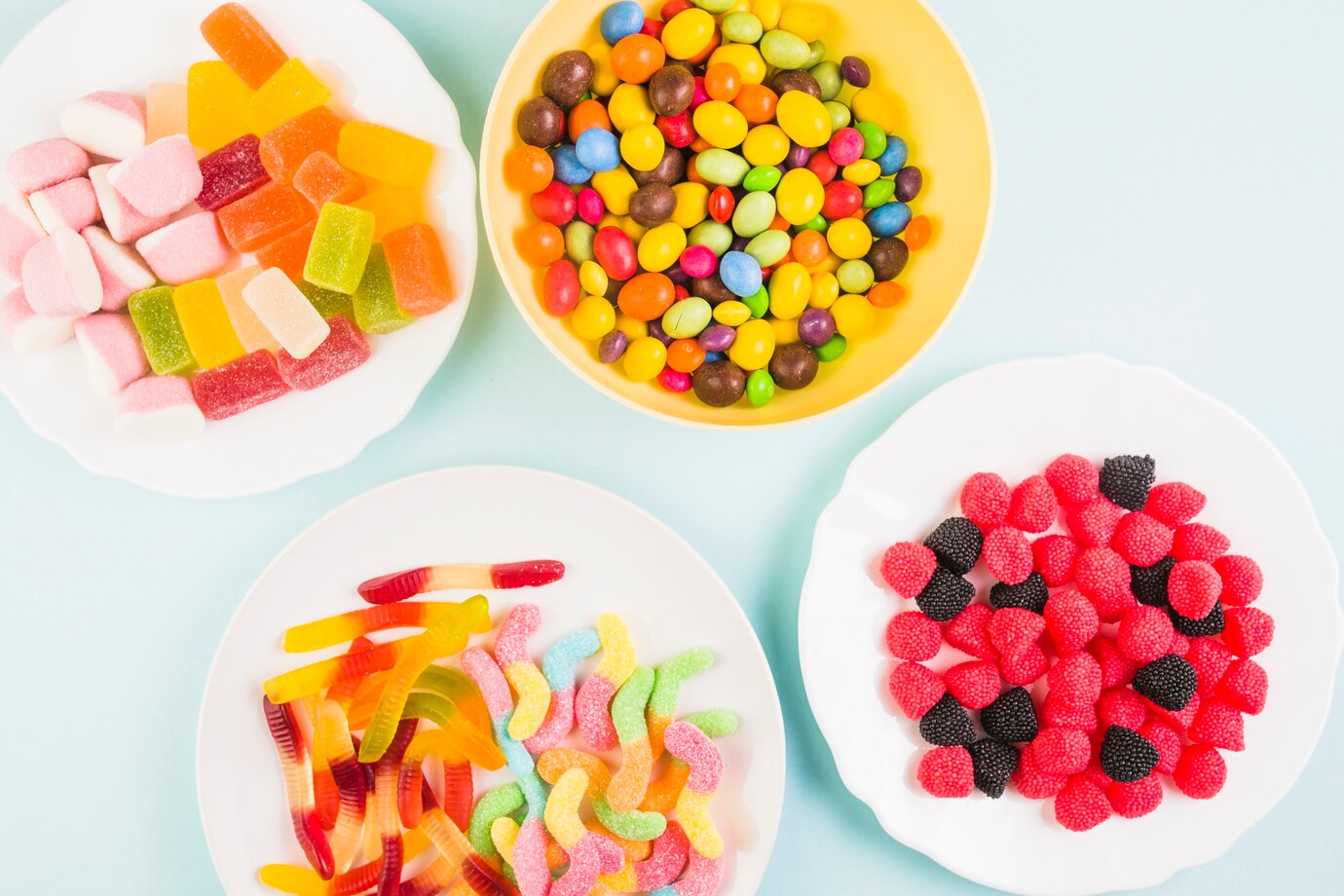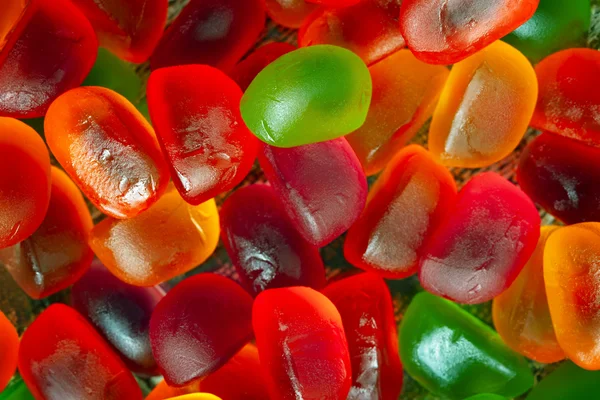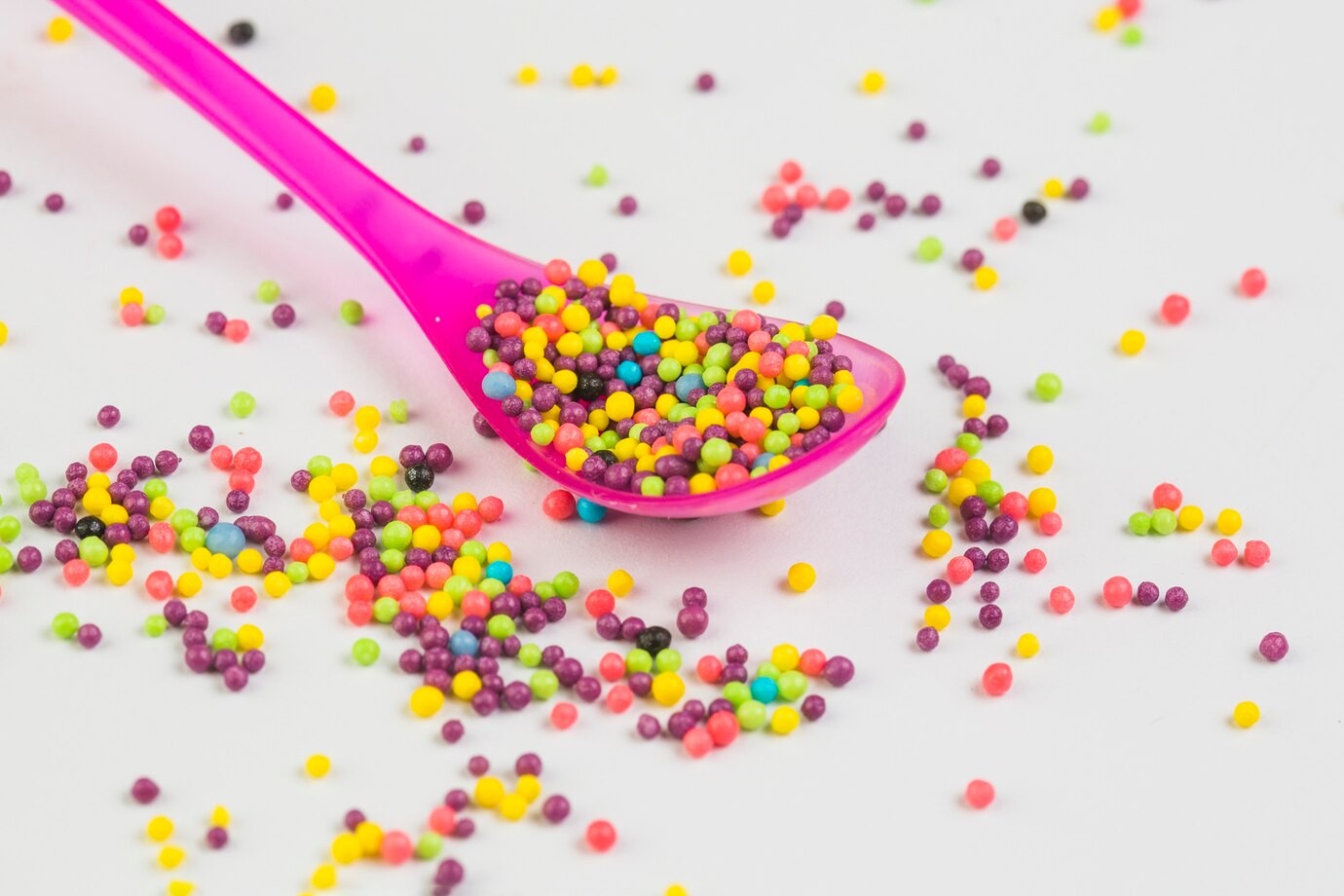In January, the US Food and Drug Administration (FDA) banned the food dye Red 3 (also known as erythrosine), citing studies that found it caused cancer in lab rats.
Although the FDA emphasized that the way Red 3 causes cancer in rats doesn't apply to humans, the dye's ban follows federal law, which mandates the removal of any additive found to cause cancer in animals. The move affects a range of products, from candies and cough syrups to baked goods and frozen treats. However, Red 3 is only one of several synthetic colours used in food.

Here's what you should know:
What are artificial food colours?
Synthetic food dyes are petroleum-based chemicals not found in nature. They're used to make food more visually appealing. Nine synthetic colors are approved for use in the US, including Red 3, Blue 1, Blue 2, Green 3, Red 40, Yellow 5, and Yellow 6. Two others, Citrus Red 2 and Orange B, are more rarely used. The FDA regulates and certifies these additives for safety.
Why are people concerned about artificial colours?
Consumer advocates, like the Center for Science in the Public Interest, have long pushed for the ban of Red 3 because of the cancer risk in lab animals. Although it’s been banned in cosmetics for years, it remains legal in food and medications.
There is also concern about the effects of artificial colours on children's behaviour. Research has linked certain dyes to hyperactivity and impulsivity, particularly in children with Attention Deficit Hyperactivity Disorder (ADHD). While the FDA acknowledges that some children may be sensitive to these dyes, it states that most children experience no adverse effects.

Public sentiment also seems to be shifting. A recent poll found that around two-thirds of Americans support reformulating processed foods to eliminate ingredients like artificial dyes.
Will other artificial food colours be banned?
There is growing momentum to remove synthetic dyes from food. Last year, California became the first state to ban six artificial food dyes in public school meals. Other states are considering similar legislation, and activists, including Robert F Kennedy Jr, have called for a ban on such chemicals from the food supply.
Are there natural colour alternatives?
Natural colourants do exist, such as beet juice, carmine (a red dye from insects), and pigments from fruits and vegetables like sweet potatoes, radishes, and red cabbage. However, these natural alternatives can be less stable than synthetic dyes and may be more affected by heat or acidity.

How can you avoid artificial food colours?
Since artificial dyes are used in many processed foods, it can be difficult to avoid them. The best way to steer clear is by reading ingredient labels. If a product has a long list of unfamiliar ingredients, it's a good indication that it might contain synthetic dyes.
In summary, while the use of artificial colours in food is not without controversy, the FDA continues to regulate their safety. However, there is increasing concern from both experts and consumers about their potential health effects, especially for children. As demand grows, many companies are seeking natural alternatives to synthetic dyes.





